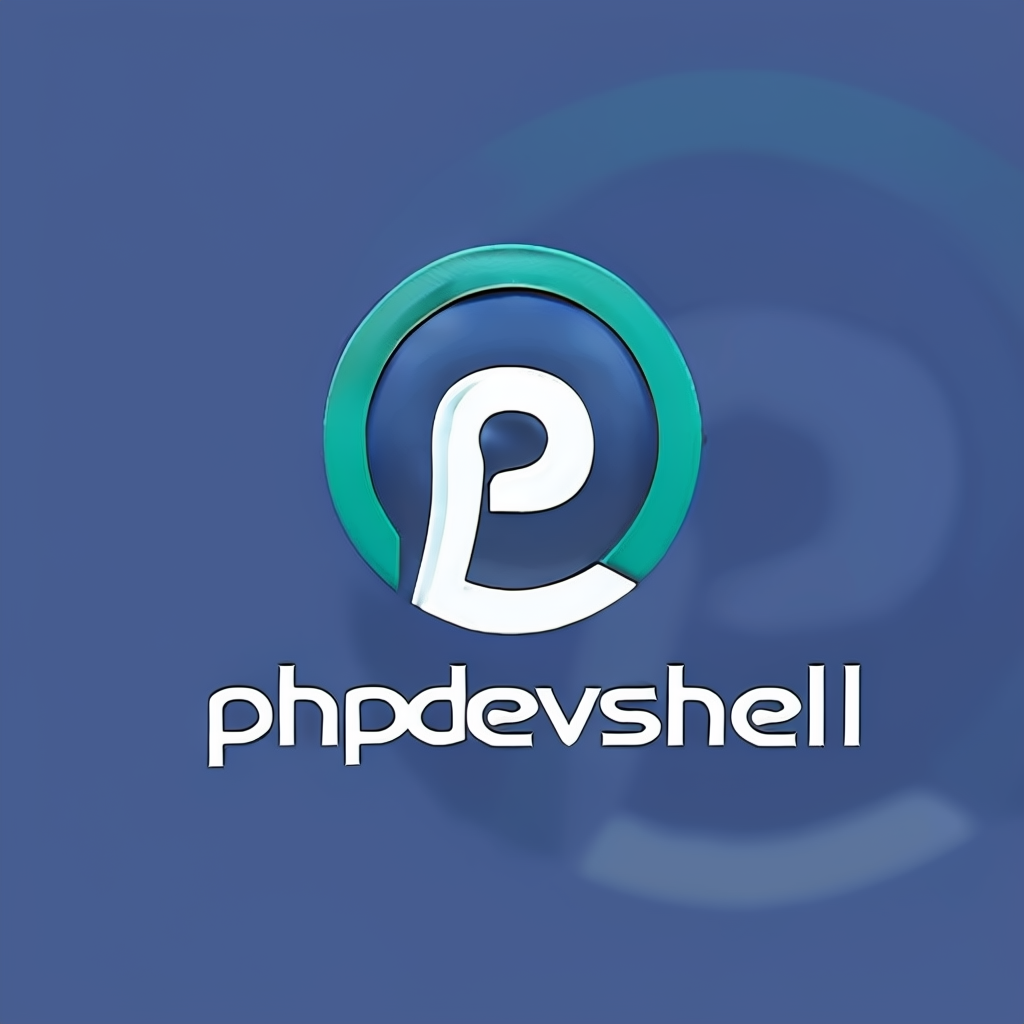Maximising business efficiency hinges on choosing the right Product Lifecycle Management (PLM) software. Today’s top PLM solutions streamline workflows, enhance collaboration, and automate critical processes, transforming how companies manage products from concept to market. Understanding the strengths and limitations of these tools helps businesses select the ideal fit, boosting productivity and agility in competitive markets. This guide explores leading PLM software options to empower informed decisions and tangible efficiency gains.
Leading PLM Software Solutions for Business Efficiency
Product Lifecycle Management (PLM) software plays a critical role in enhancing business efficiency by streamlining processes from product conception through manufacturing and service. By centralizing data and improving collaboration across departments, top PLM software enables companies to reduce time-to-market, minimize errors, and optimize resource allocation.
In parallel : Boost your business efficiency with the perfect plm software
Evaluating PLM solutions requires a focus on several key criteria. These include ease of integration with existing systems, scalability to support growing operations, user interface intuitiveness, and the depth of features such as version control, BOM management, and compliance tracking. Also important is the software’s ability to support cross-functional collaboration and provide analytics for data-driven decisions.
Among the leading PLM software available today, some standout providers offer robust platforms tailored for diverse industries. These top PLM software solutions balance comprehensive functionality with user-friendly design, empowering businesses to foster innovation while maintaining operational control. Choosing the right PLM solution depends on specific organizational needs, budget, and long-term strategy, making software comparison essential in this decision-making process.
This might interest you : How Will Emerging High-Tech Innovations Redefine Computing in the UK?
Access the full article here to explore detailed insights on selecting the optimal PLM solutions for your business.
Key Features and Functionalities of Top PLM Software
When selecting PLM software features, it is crucial to focus on capabilities that enhance efficiency and streamline complex product lifecycle management. Among the most important are process automation and collaboration tools, which help eliminate manual tasks and foster seamless communication across teams.
Process automation in PLM software automates repetitive workflows, such as change management, approvals, and compliance tracking. This reduces errors, speeds up timelines, and allows your team to concentrate on higher-value activities. High-performing PLM solutions also provide advanced collaboration tools, including real-time document sharing, version control, and role-based notifications, ensuring that project stakeholders are always aligned and informed.
Integration capabilities are another essential attribute of top PLM software features. Effective integration with existing enterprise systems—like ERP, CAD, and quality management systems—enables smooth data exchange and eliminates information silos. This interconnectedness drives overall business process improvements by providing a unified, accurate overview of product data across the organization.
In summary, the best PLM software combines sophisticated process automation, robust collaboration tools, and excellent integration to power operational efficiency and enhance product development outcomes. Access the full article here.
Pros and Cons of Each Leading PLM Solution
Understanding the PLM pros and cons of top platforms helps businesses make informed decisions. Each PLM solution offers unique strengths and weaknesses that impact operational efficiency and software comparison evaluations.
For instance, some PLM systems excel in integration capabilities, facilitating seamless communication across engineering, manufacturing, and supply chain departments. This integration enhances collaboration but may come with high implementation costs, representing a key efficiency impact trade-off.
Suitability varies by business size and industry. Large enterprises often require scalable, customizable PLM solutions capable of handling complex product lifecycles and strict regulatory requirements. Conversely, smaller companies might prioritize user-friendly, cost-effective options offering quicker deployment to improve agility. Industry specifics, such as automotive versus consumer goods, also influence the choice due to differing process demands.
Users frequently report that certain PLM platforms provide robust document management and version control, greatly reducing errors. However, common pain points include steep learning curves and occasional system sluggishness when processing large datasets. These factors can affect overall productivity, underscoring the need to weigh PLM pros and cons carefully.
By evaluating software comparison data alongside firsthand user experiences, businesses can identify which PLM solutions align best with their operational goals, size, and industry nuances.
Access the full article here.
Pricing and Scalability Options
Understanding costs and growth potential for your PLM investment
When considering PLM pricing, businesses encounter a range of software costs influenced by deployment models and feature sets. Leading PLM solutions typically offer varied pricing structures, including subscription-based SaaS models, traditional on-premises licenses, and hybrid deployments. Subscription or SaaS pricing often involves predictable monthly or annual fees, making budgeting straightforward. On-premises models usually require a significant upfront investment but may reduce ongoing costs depending on maintenance and support fees.
Scalability is a pivotal factor in selecting a PLM system. Cloud-based PLM platforms provide remarkable flexibility, allowing organizations to scale resources up or down according to demand, which is ideal for businesses experiencing fluctuating product development cycles. On-premises solutions may require additional hardware or software purchases to expand capacity, potentially increasing both costs and implementation time.
Evaluating the ROI of a PLM software investment involves balancing the initial software costs against efficiency gains, improved collaboration, and reduced time-to-market. Despite higher upfront expenses often associated with comprehensive PLM solutions, the long-term benefits usually justify the investment. Companies can achieve cost-effectiveness through enhanced product quality, minimized errors, and streamlined workflows, all contributing to faster innovation and stronger profitability.
By carefully analyzing pricing options and scalability features, businesses can select a PLM platform that aligns with their growth trajectory and budget constraints, ensuring maximum value from their software investment. Access the full article here.
Real-World Use Cases and Business Benefits
Understanding PLM case studies provides concrete examples of how Product Lifecycle Management transforms businesses. Many industries—from automotive to electronics—have leveraged PLM to streamline processes, reduce costs, and accelerate time-to-market. For instance, a global manufacturer significantly cut product development cycles by integrating a PLM system that unified design, engineering, and supply chain teams. This example underscores the tangible business benefits of adopting advanced PLM software.
Efficiency improvements realized through PLM are evident in better collaboration and data management. Top PLM solutions facilitate seamless communication between departments, minimizing errors and redundancies. Companies experience smoother change management processes and enhanced product quality. Such efficiency gains translate into measurable cost savings and stronger competitive positioning.
Moreover, industry experts emphasize that success with PLM hinges on selecting solutions tailored to specific operational needs. User testimonials often highlight increased transparency and control throughout the product lifecycle as pivotal advantages. In practical terms, these insights reinforce how a well-implemented PLM strategy directly boosts business performance.
Access the full article here.
Selecting the Right PLM Solution for Your Business
Choosing the optimal PLM solution is critical to maximizing efficiency and streamlining workflows. A solid PLM selection guide centers on several decision criteria designed to match the software with your unique business requirements. First, businesses should evaluate integration capabilities with existing systems, ensuring seamless data flow without disrupting current operations.
Next, consider the business fit by assessing the scalability of the PLM system relative to company size, industry demands, and the complexity of your product lifecycle. For example, a small manufacturing firm may prioritize user-friendly interfaces and affordability, while larger enterprises require robust customization and advanced analytics.
A practical checklist for PLM selection should include:
- Compatibility with your industry standards and compliance needs
- Ease of implementation and training requirements
- Capability to support collaboration across departments and supply chains
Ultimately, matching PLM features to specific workflows ensures you invest in technology that enhances productivity rather than complicates it. Careful analysis of the decision criteria and alignment with operational goals paves the way for smarter, future-proof PLM adoption.
Access the full article here.










